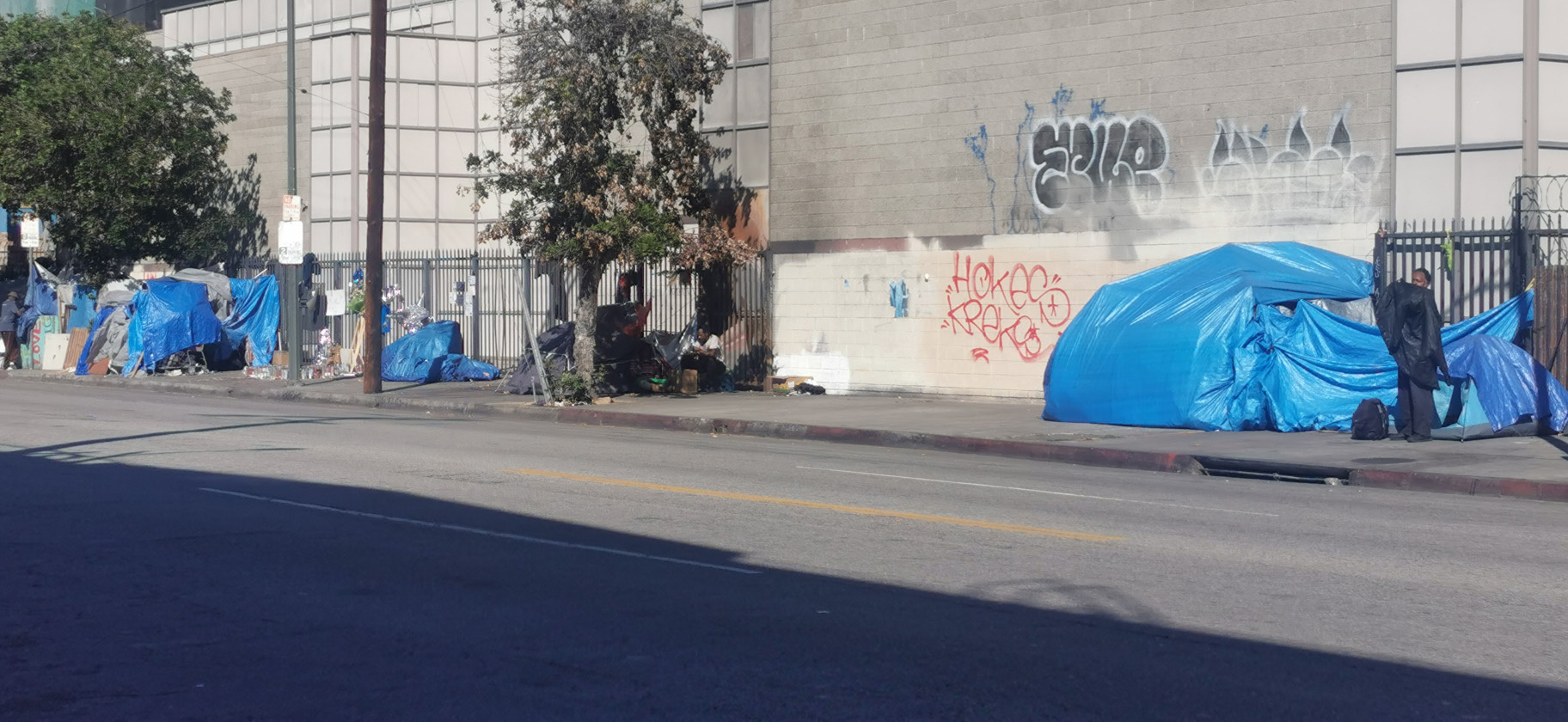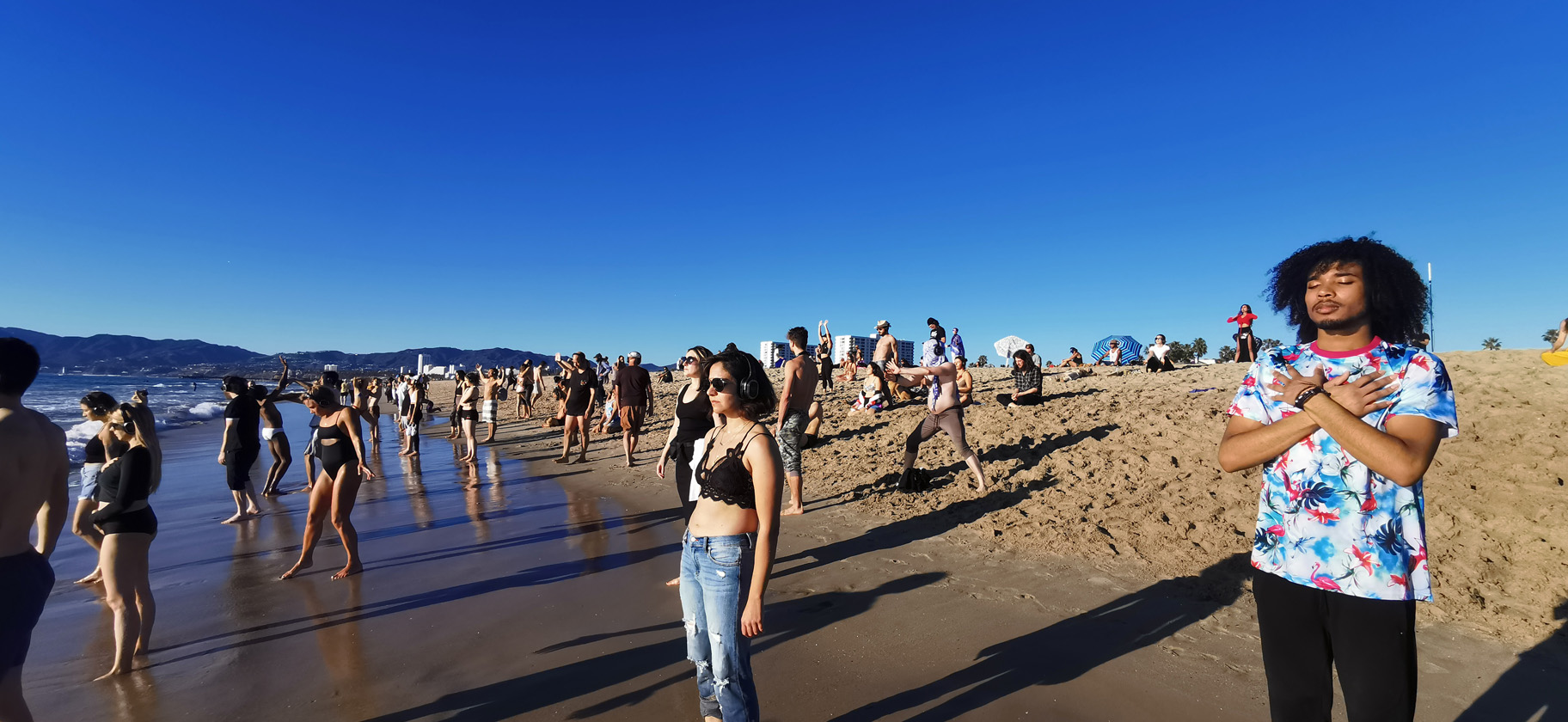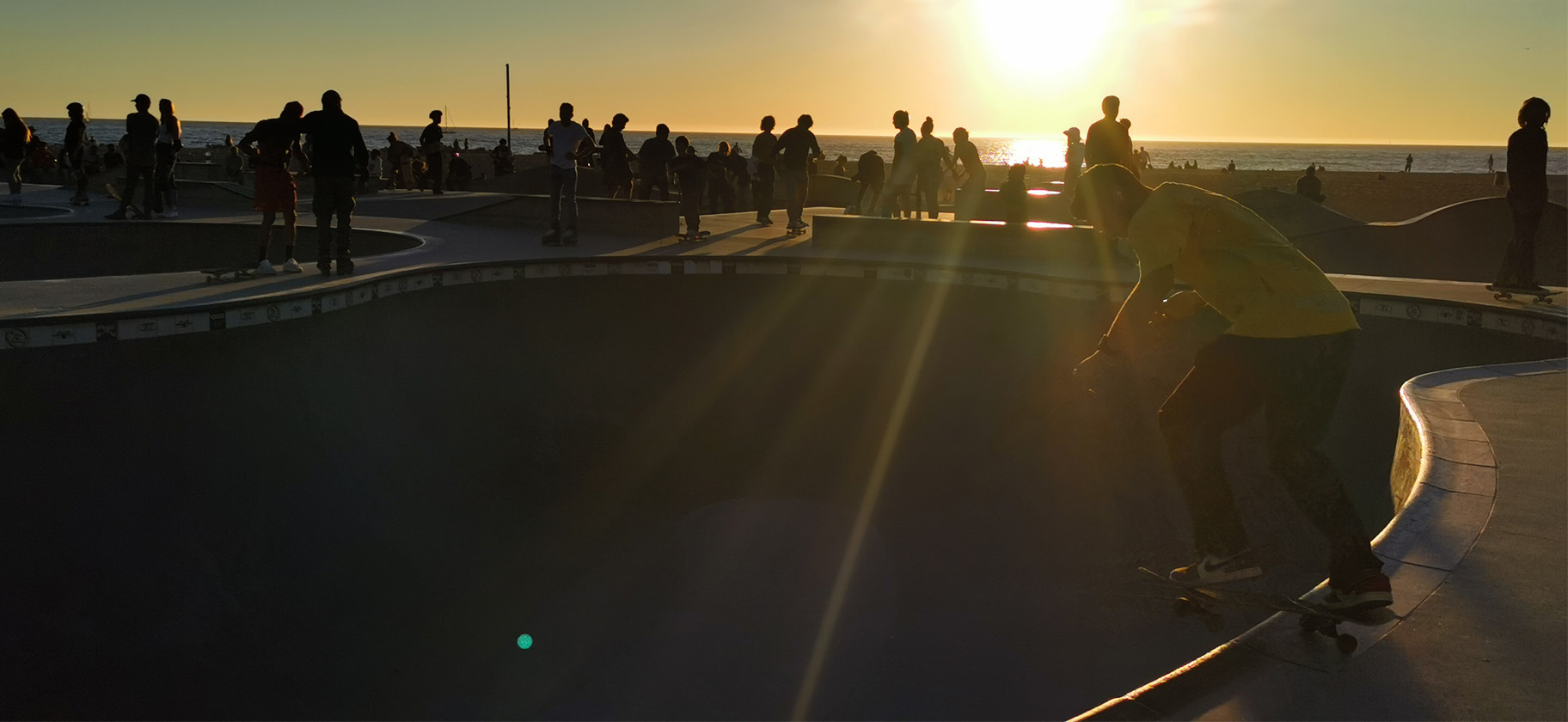DTLA

I spent 2021 maneuvering through a terrified world searching for homes where I could find them in countries that would accept me. As 2022 began, with the hope that the world was beginning to recover from the awful plague through which it had lived for almost two years, I wrestled with the thought that Los Angeles’ public rail system does not travel to Beverly Hills.
As a Canadian, I had travelled to the United States countless times. “If it bleeds, it leads,” goes the saying and the news that Canadians receive about our neighbours to the south never reflects our experience when we visit. Headlines of school shootings, racially motivated murders, and a country divided by partisan politics leak across the border but every trip is easy and pleasant and filled with amazing and interesting people. Sojourning to Southern California en route to South America, I vowed not to miss a visit to one of America’s largest and richest cities expecting an experience similar to visiting New York or Chicago – pleasant shopping streets and avenues easily explored on foot with a vast array of unique restaurants and cafes along the way.
Coming up from San Diego by train, and dependent on public transit to get around such a vast city, I chose the downtown centre of Los Angeles as my hub. It was walking distance to Union Station and had easy access to the various rail lines that travel across the city. People’s reliance on automobiles in Southern California cannot be understated. The people who live in San Diego rave about the beaches and the weather and how simple and easy it is to get places, but I saw things differently. The majority of San Diego is taken up by highways that are 10 lanes wide connecting the various car-dependent suburbs to one another. With a remarkable sense of irony, these highways that are constantly being widened to accommodate the growing number of cars, are perpetually congested. Public transit is an afterthought – a government loss-leader to appease lawmakers dedicated to supporting the underserved.
I settled into a modern boutique business hotel, the cheapest I could find that was not a dormitory, on the edge of downtown Los Angeles’ jewellery district. I had been told that Los Angeles had pockets of beauty, but this area could not have been one. Whether it was the fault of the pandemic, or if this was just a regular day in Downtown LA, I had never seen a higher concentration of desperate and depraved individuals. In an area with gold bracelets and jewel-encrusted tiaras displayed in every window, none were attracting the kind of clientele expected to be able to afford such luxuries. Scattered amongst these shops were small markets selling snacks and sodas as well as taco and pizza and other fast-food joints. Along the sidewalks, groups of young black men gambled for spliffs and dollar bills outside of smoke shops playing dice games to pass the time.
I had seen advertisements for a weekend food market organized in the old produce market just east of the fashion district, called Smorgasburg, and thought I would give it a try. The journey took me into an area few venture through on foot, or even by car, called Skid Row. In the 1990s, Skid Row had garnered the reputation as one of the seedier districts of LA, home to junkies and hobos. I cannot imagine what possessed me to think that in the last 30 years the situation may have changed, but it had not. Sitting on the fringe of the downtown core, Skid Row begins when the buildings shorten to a single story. There are small corner markets and run-down old bars with the odd flower shop adding a touch of ironic beauty to the otherwise dusty and graffitied landscape.  Tents line the streets forcing pedestrians (i.e – me) to walk along the avenue where the cars roll. Residents of these dilapidated neighbourhoods of tarpaulin tended to be older black males. Idle and jobless, they spend days lounging next to their tents smoking reefer and chit-chatting with their neighbours and playing music on their stereos. Back in the city centre where the buildings rise high into the sky, the desperate and homeless were of a different colour. There were no semi-permanent tent communities but every couple of hundred metres along the sidewalk would be a white man in his early twenties, spazzed out and drooling and sitting in his own piss from whatever high he was on. This area was my home for three days and was not the kind of place I could ever imagine anyone would want to spend a weekend, but for many, this environment was just the normal, every day, drudgeries of life.
Tents line the streets forcing pedestrians (i.e – me) to walk along the avenue where the cars roll. Residents of these dilapidated neighbourhoods of tarpaulin tended to be older black males. Idle and jobless, they spend days lounging next to their tents smoking reefer and chit-chatting with their neighbours and playing music on their stereos. Back in the city centre where the buildings rise high into the sky, the desperate and homeless were of a different colour. There were no semi-permanent tent communities but every couple of hundred metres along the sidewalk would be a white man in his early twenties, spazzed out and drooling and sitting in his own piss from whatever high he was on. This area was my home for three days and was not the kind of place I could ever imagine anyone would want to spend a weekend, but for many, this environment was just the normal, every day, drudgeries of life.
Los Angeles’ public rail system proved a nervy, but necessary, means of exploring other parts of the city. From 7th street Metro Centre, you can ride all the way out to the beach in Santa Monica.
The beachfront that runs from Santa Monica Pier to Venice beach seems a world apart from the skyscrapers of downtown. Residents and weekenders head down to play in the surf or soak up the sun while lying in the soft sand whose cleanliness by city beach standards knows no equal. Children build sand castles while tumblers and acrobats hone their skills together on a patch of grass staring out toward the water between the beach and the boulevard. There are beach volleyball and basketball courts that draw crowds and DJs set up booths by the water where folks can rent earphones and participate in their silent discos in the open air while the sun sets. There is foot traffic along the Venice skate park as dry surfers jockey for position in the bowl looking for the right line to ride their concrete wave as rappers hand out their CDs looking for donations. There are hotdog stands and t-shirt shops along the footpath where local artists sell their crafts. In the parking lots just off the beach, automobile enthusiasts roll in with their classic cars blasting music from their stereos to draw attention. Because the poor and the desperate can ride in along the rail line from downtown, and that Santa Monica is a prized place to live, the field is equalized along this strip where families and drug dealers can intermingle.
There are beach volleyball and basketball courts that draw crowds and DJs set up booths by the water where folks can rent earphones and participate in their silent discos in the open air while the sun sets. There is foot traffic along the Venice skate park as dry surfers jockey for position in the bowl looking for the right line to ride their concrete wave as rappers hand out their CDs looking for donations. There are hotdog stands and t-shirt shops along the footpath where local artists sell their crafts. In the parking lots just off the beach, automobile enthusiasts roll in with their classic cars blasting music from their stereos to draw attention. Because the poor and the desperate can ride in along the rail line from downtown, and that Santa Monica is a prized place to live, the field is equalized along this strip where families and drug dealers can intermingle.
The subway’s red line runs from Union Station through downtown and up into the Hollywood hills with three stops along Hollywood Boulevard and its walk of fame. Those looking down will notice that Gene Autry’s name pops up more frequently than any other as the only celebrity to have a star for every eligible category of performing arts – radio, recording, motion pictures, television and live performance. Those looking up will notice that Hollywood Boulevard, other than the celebrity lookalikes and street performers clad in superhero spandex soliciting tourists who are foolish enough to travel there for photographs, is nothing but an easily dismissed and downtrodden section of the city that locals fortunate enough to own a car make sure to avoid. The boulevard is lined with little but souvenir shops selling cheap novelty t-shirts, arcades, and corner restaurants selling cardboard pizza by the slice. Museums in the area fly by night hoping to cash in on the tourist trade and the fact that the Hollywood name and the Chinese theatre draw tourists into the area. North American tourists have exported their lust for various vices to popular destinations around the world and Hollywood is no exception as drugs, sex, and petty theft hop on and off of the subway to partake in the trade. The fact that this section of the city is famed for an esplanade in a place where no one walks for pleasure embodies the irony that is Los Angeles.
